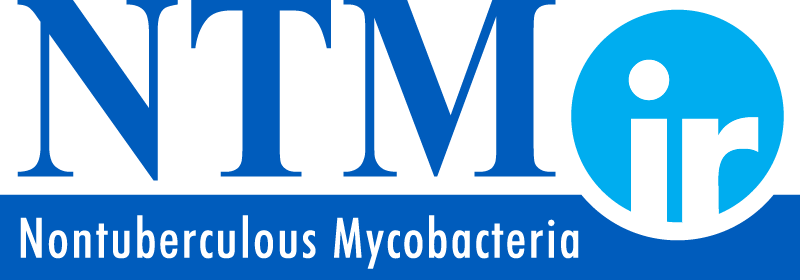What Does NTM Mean?
“NTM” is short for nontuberculous mycobacteria. NTM lung disease is a devastating chronic illness.
Nontuberculous mycobacteria are naturally occurring environmental pathogens which impact tens of thousands of people every year in the United States alone. NTM lung infection can cause or worsen significant respiratory damage, such as bronchiectasis. NTM are widely found in the environment, including soil and tap water, which means some people may become infected through everyday activities such as showering and gardening. Nearly every water source contains NTM, and because water heater temperature standards are lower than needed to eliminate such pathogens, the concentration of NTM in tap water has increased.
There are more than 180 species of nontuberculous mycobacteria, including MAC or Mycobacterium avium complex, M. kansasii, M. abscessus, M. chelonae, M. fortuitum, and M. chimaera. (M. is used as an abbreviation for mycobacterium.) Some are readily treated with two or three drugs, while other types are resistant to many drugs and more difficult to treat. Some species are known to cause infection in humans more than others (learn more).
Nontuberculous mycobacterial disease is not as well-known or understood as its mycobacterial cousin Tuberculosis. There are a number of risk factors that may predispose someone to getting NTM lung disease.
Nontuberculous mycobacteria can also cause infections in other areas of the body including skin, soft tissue and joints, bones, and other organs. This is called extrapulmonary or disseminated NTM disease.
